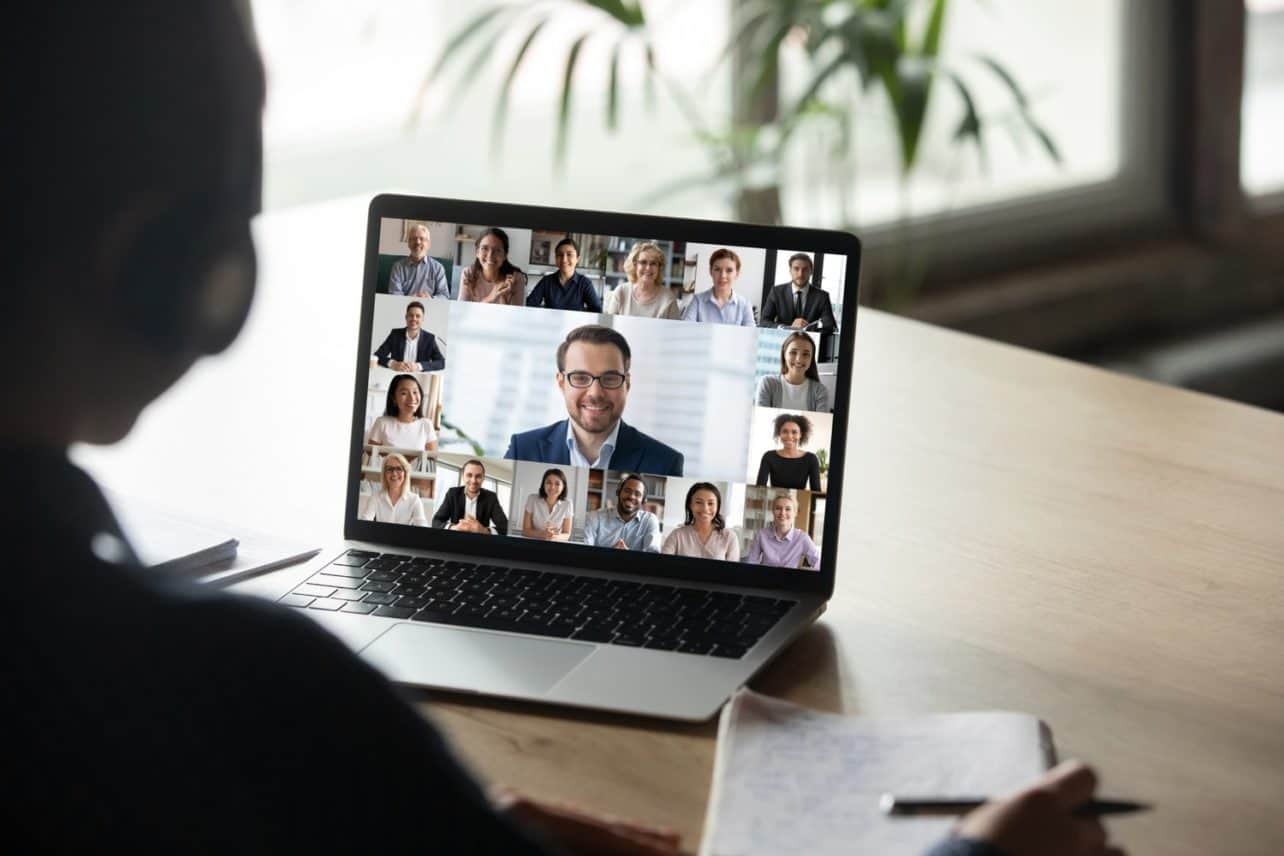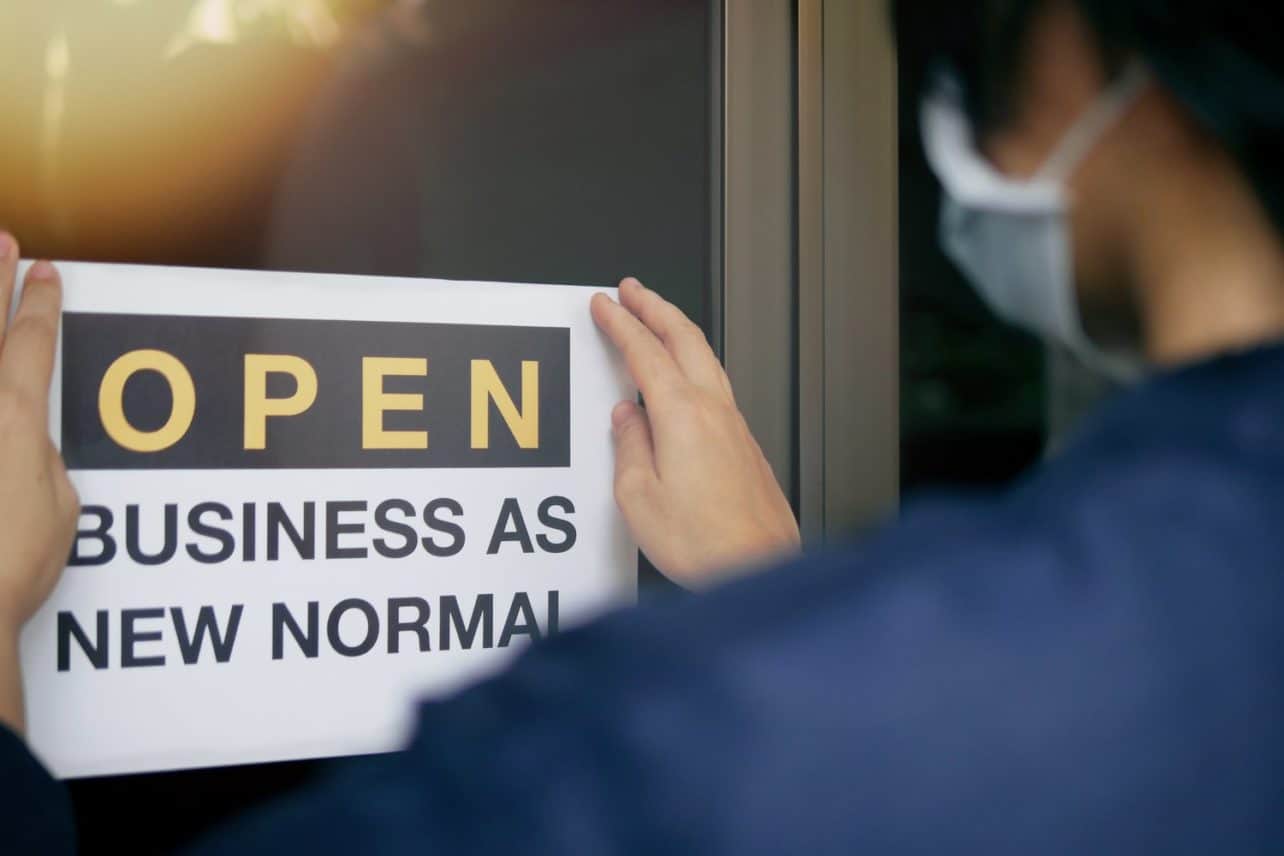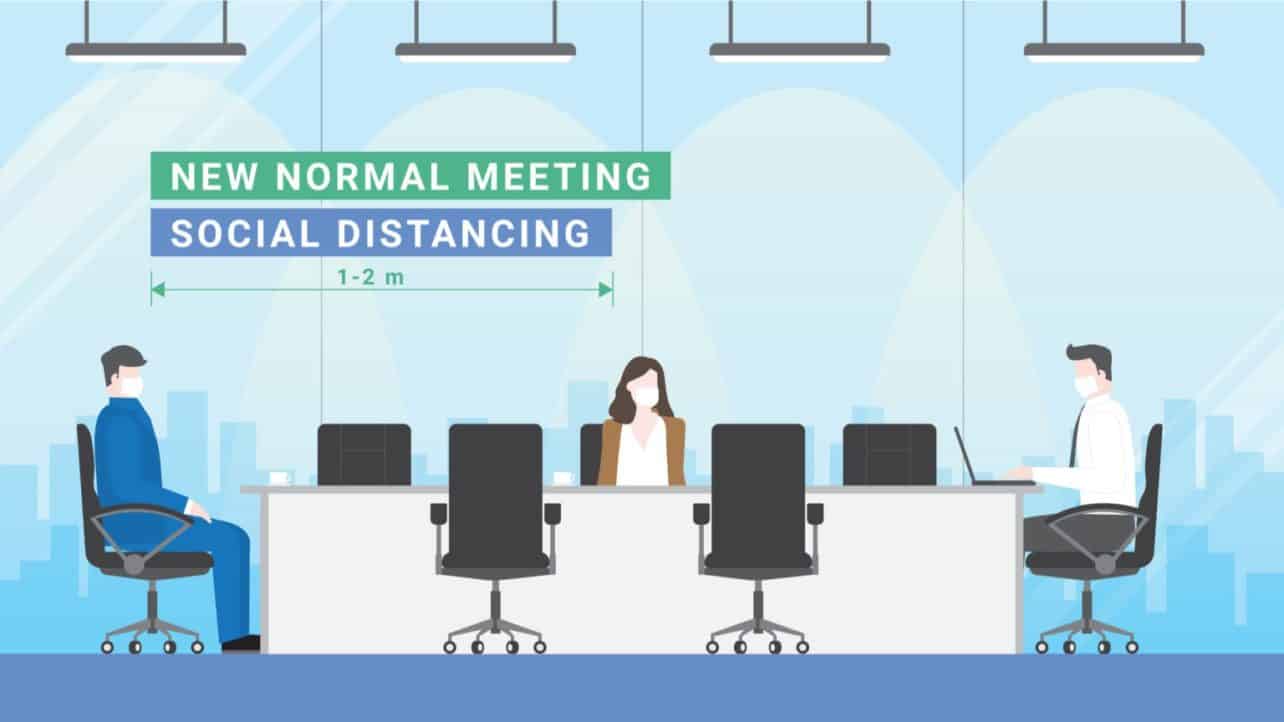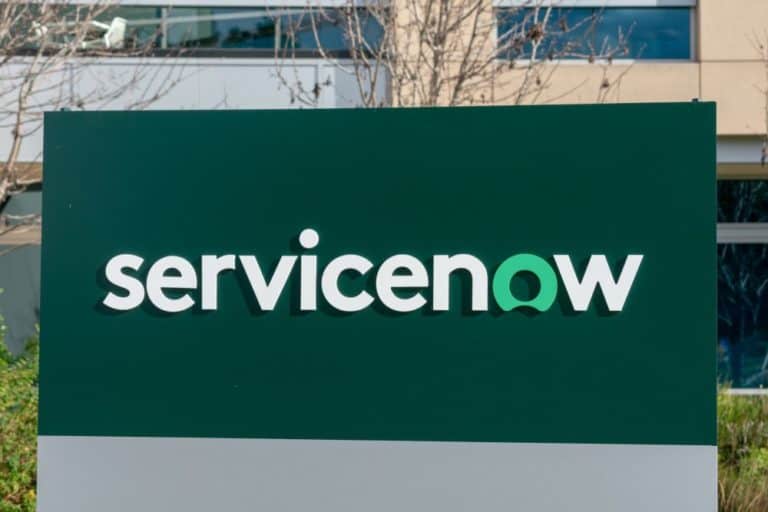On the 21st of May, Chief Information Officer Chris Bedi and Chief Talent Officer Pat Wadors of ServiceNow met for a virtual session on what the “next workplace” will look like. Not necessarily to talk about the new normal workplace, which is our current way of working, but what work will look like afterwards. According to Bedi and Wadors, the way we work has changed forever.
The new normal is what everyone is talking about right now. How are we supposed to live with social distancing, and what does working from home look like? Many companies already thought about and analysed this subject. Techzine has also written some articles about it.
At ServiceNow, they already look forward to a future that will hopefully be more positive. Without looking away from the situation in which we find ourselves today, which can be painful and tragic for many people. A new period is coming in which we will be able to go to the office again, but with all the additional precautions in place and at the same time without a vaccine. What will this look like? But even if there is a vaccine, will we go back to the pre-corona situation or has our workplace changed forever?
Our lives have changed, it’s less social
People lost a lot of social contacts. Not only do they no longer see colleagues in person, but the restaurant and hospitality industry is closed, all events have been cancelled, and even family visits have been restricted to some extent. A conversation at the coffee machine sounds like a meaningless thing, but it can mean a lot to people. Your social capital diminishes due to remote working and limited social interaction. This does not mean, however, that remote working will soon come to an end. As long as there is no vaccine, many people will continue to work from home.
Lots of people don’t mind remote working at all. The social isolation might be unpleasant, but working from home is considered enjoyable by many. A recent survey by Okta showed that only one-third of employees would like to go back to the office. Two-thirds like working from home and certainly don’t want to give that up completely.
The new normal will shape the next normal and the future of working
This new normal, as it is often referred to, leads to requests or perhaps even demands from employees directed at an employer for the next normal. At ServiceNow, they think that the way we work has changed forever. Whereas some people were able or allowed to work from home occasionally, these days almost everyone works entirely from home. Out of necessity, work has changed in which the situation now is that everyone who was not allowed or could not work from home, now able to do so. This has removed the barriers and arguments that employers had to prevent working from home. New insights and therefore, requests and demands from employees are now emerging. How often does an employee want to go back to the office after the coronavirus?
Pat Wadors: “The pre-corona workplace does not exist anymore”
Wadors says the pre-corona workplace no longer exists. Both sides are thinking about how we are going to work in the future, both employees and employers. Many companies had to innovate in the past few months to make remote working possible. Considerable investments have been made in additional cloud services and collaboration platforms to collaborate with colleagues.

According to Wadors, the new challenge is to ensure that employees actually start using all these new tools. Furthermore, companies need to start measuring how productive someone is, that is the only way to adjust and improve productivity. you first have to know where or who needs improvement. There has also been a change in the way management is handled. Empathy has become more important. Personal contact now takes place through a video call, which requires a cautious approach. However, you can still show interest in someone’s private life.
Bedi adds that marketing methods from the consumer market can easily be implemented to measure innovation. If you introduced a new platform, such as Slack or Zoom, it is easy to monitor the number of daily active users, the time spent by employees on the platform, the number of calls they make and the number of messages they send. If you collect that data on a daily basis, you will be able to see a progression, and you will be able to see how the adoption is moving along. In that case, you may be able to make adjustments in certain areas.
One step at a time towards the next normal
According to Bedi and Wadors, we are now in the new normal, in which everyone suddenly works at home, and we are now slowly moving towards the next normal. Wadors emphasises that it is essential to only take small steps from now on, on all fronts.
Companies had to implement a lot of changes in the past few months to make remote working possible. The switch to remote working is already a significant one, but most companies introduced several new cloud services for their employees to work with. It is not recommended to quickly add more services in the coming months.

Employees must be given the time to get used to these new services and occasionally be instructed how to use them effectively. Companies also need to invest in education or training. In addition, they need to listen carefully to their employees as there may be some frustrations because things are not working correctly or because employees have to do the same thing twice, because of the sudden use of new cloud solutions.
ServiceNow can often play a role in the latter, according to Bedi. With ServiceNow, you can create a workflow in which many different cloud services can be linked together or in which data can be forwarded to another service in the case of certain events, avoiding repetition. And it can also simplify matters. It can make all those cloud tools work more smoothly.
There can also be some frustrations because of old legacy applications that don’t seem to work well in this cloud era. For example, an outdated ERP or HRM solution, ServiceNow has solutions for this as well. Using low-code, you can easily create a modern web application that integrates with unfriendly legacy applications, ensuring that employees no longer have to deal with the legacy application but get a modern web application that is directly linked to the database of the legacy application. This can increase the user experience, speed and efficiency significantly.
How and when can we return to the office?
The question many companies are asking themselves at this moment: how and when can we head back to the office? According to Wadors, companies would do well not to rush this. Let employees choose whether they want to come back to the office. Make sure that there is one-way traffic in the office, that extra walls or plexiglass are placed where necessary and see to it that facemasks or other means of prevention are widely available. Make sure that employees feel safe.
In addition, the government must allow people to go back to the office. This is not yet the case in all countries. In addition to a basic set of measures, companies must also think about the future and evaluate how their employees envision that future. Wadors states that first of all, it is no longer necessary to have everyone in the office from 9 to 5, but also that working in an office can be done much more efficiently and productively.

Some companies may consider renting a larger office or create extra square meters to maintain a safe distance but also to facilitate a place for everyone. Companies can also take advantage of the recent investments in innovation for remote working. In some cases, companies can save money on office space. If 50 percent of the employees work from home from now on, part of the office will become redundant.
From now on, Wadors expects people to come to the office for a specific purpose. For example, there is a project that has to be delivered and presented to the customer or to the board. People will no longer come to work at the office from 9 to 5. They are now able to do the same work at home. Especially when all these collaboration tools are implemented correctly, reports show that employees work more efficiently from home than at the office, because there is often less distraction at home. Of course, that doesn’t apply to everyone. There are exceptions, but with a bit of guidance, it is certainly possible achieve a more productive workforce.
Agile working gets a revival
According to Wadors, agile working is getting a revival. This is incredibly important in the current phase. Both companies and employees must be flexible and ensure that the work is carried out. Short sprints lasting just several weeks are extremely important, during which everything is also visualised through project management tools. This makes it possible to monitor progress, but also to quickly adjust where necessary.
Working in short sprints combined with the willingness to listen to employees and innovate further on that basis, will create a new way of working for each company. Bedi adds that the speed, efficiency and user-friendliness of applications and business solutions will now truly have top priority.
Wadors also expects to see new trends. She already heard of some initiatives that could grow into trends. For example, no meetings on Fridays, except maybe a virtual drink. But also a ban on sending invitations for appointments during the weekend. According to her, this is an excellent initiative because now that we work more from home, the boundaries between our private and professional lives become less visible. It’s a good thing to relax for a while and not having to worry about work. If you receive an invitation on Sunday for a meeting, you might start thinking about work again.

A trend that Wadors is not particularly excited about is the artificial backgrounds in video conversations. The backgrounds where you can see someone sitting in front of a Las Vegas sign, or in an artificial office. It’s not a bad thing to show a part of your home or private life in a video call. It makes you more human and allows you to talk about small stuff before and after the business call. The social interaction that you experience at a physical meeting should also take place in a virtual meeting. Bedi adds that he recently had to clean up the bookcase behind him, but that had been necessary for a while.
Conclusion
The way we work is changing. Employees have different expectations and employers have new challenges. It is vital to move forward step by step, to engage in dialogue with each other and to find solutions.
Some things to think about:
- What do employees think of remote working?
- What do employees think about working from home in the near future and in the long term?
- Do they want to work in the office again?
- When will they be able to work in the office again?
- Is everyone going to work at the office again, only when they really need to or will there be a 50/50 split?
- Does the office space require changes to the new normal? Think of separate entrances and exits, one-way traffic, prevention measures such as plexiglass walls, facemasks and antibacterial soap. What is the maximum amount of people allowed in a meeting room at once? Do desks need to be adapted, moved or taken out of use because of the safe distance?
- If employees continue to work from home, do they have a decent workplace? Think about the height of a table and a good chair. A separate monitor, keyboard and mouse are also very valuable.
- Which cloud services are available for employees to work with? Is there enough information available? How do you use those services, when and why?
- Can we measure who uses which services, how often they are used, for how long, etc.?
- Are there any problems or frustrations that employees encounter? For example, with software solutions or with tasks they have to perform that innovation can help with?
This is a summary of the many lessons that ServiceNow wanted to teach us in a short amount of time. The company is convinced that if organisations grasp the basics of remote working right now and move forward in small steps, they can become more successful. Listening to employees is essential and making the right choices for innovation is also crucial. Ensuring that applications work well together, or that frustrating legacy applications finally receive some innovation, can easily lead to more productivity and efficiency.
Tip: ServiceNow is holding the Virtual Knowledge event this month, where many sessions are conducted by both ServiceNow and customers in which they explain how they deal with innovation and improving business processes. Everyone can watch it for free.
